1. Y2K Apocalypse
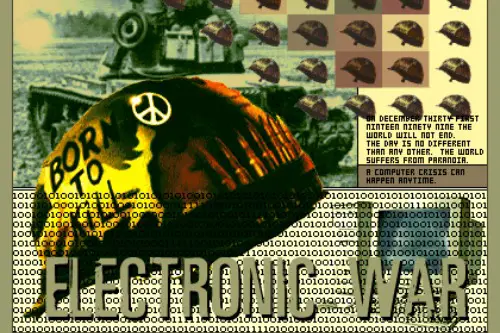
In the late 1990s, people were genuinely afraid of the Y2K bug, a computer glitch that many believed would cause worldwide chaos when the calendar flipped to the year 2000. There were fears that everything from power grids to banking systems would crash due to this flaw in how computers represented dates, according to Frederick E. Allen from Forbes. People stocked up on supplies, worried about mass failures in technology and communication. When the year arrived, the world braced for disaster, only to find that the feared collapse never came.
Looking back, it’s almost comical how seriously we took the potential disaster. The Y2K panic highlighted our increasing reliance on technology, but as time passed, those fears melted away. The technological systems that seemed fragile at the time became more sophisticated and resilient. Today, we barely even think about the possibility of a digital apocalypse, let alone prepare for it.
2. The Red Scare
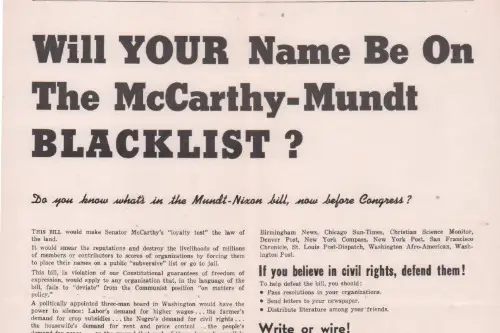
During the Cold War, Americans feared the spread of communism and the possibility of nuclear war. The Red Scare of the 1950s led to widespread paranoia, with people afraid that communists had infiltrated the U.S. government, Hollywood, and other influential institutions, according to The Miller Center. This fear created a culture of suspicion, and many innocent people were accused of being Communist sympathizers, ruining careers and lives. The government launched aggressive investigations, making it a dangerous time to express certain political views.
Fast forward to today, and the Communist threat seems almost quaint in comparison to the more complex global tensions we face. While there are still political movements with left-wing leanings, the fervor of the Red Scare is no longer a defining feature of American society. Most Americans are now focused on issues like economic inequality, climate change, and healthcare, rather than fearing the spread of communism. The Cold War may have shaped an era, but it’s a fear that has largely faded from mainstream consciousness.
3. The Dangers of Rock ‘n’ Roll
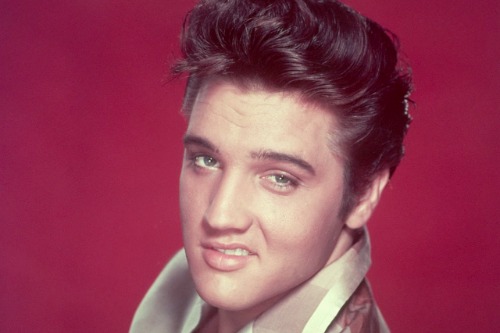
In the 1950s and 1960s, rock ‘n’ roll music was seen as a corrupting influence on American youth, according to the University of Southern Indiana. Parents feared that the rebellious lyrics, fast beats, and the wild lifestyles of rock stars would lead to moral decay, drugs, and delinquency. Artists like Elvis Presley were criticized for their suggestive performances, and the genre was often labeled as “the devil’s music.” Parents worried that their children were being led astray by these new musical trends.
Today, rock ‘n’ roll is viewed as a classic genre that helped shape modern music culture. The rebellion that once shocked society has now become part of the American cultural fabric. Youth culture has evolved, and musical trends that once caused panic, like hip-hop or heavy metal, are now widely accepted. People no longer worry about the influence of rock ‘n’ roll on their children, and instead, it’s recognized as part of a rich legacy.
4. The Devil’s Influence in Movies
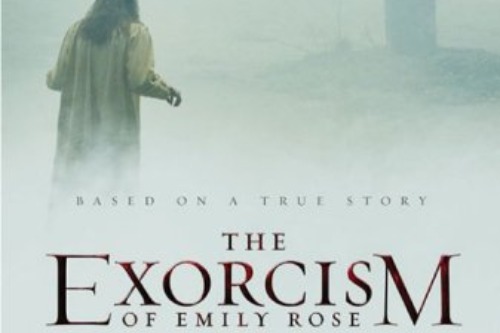
In the 1970s and 1980s, there was widespread fear that movies were promoting violence, drug use, and even Satanic practices. Films like The Exorcist and The Omen sparked moral panic, with many people worried about the negative influence on impressionable minds. Religious leaders and community groups campaigned against Hollywood, claiming that movies were pushing audiences toward dangerous ideologies. The “Satanic Panic” even led to fears that children were being secretly influenced by hidden messages in films and music.
Fast forward a few decades, and the same genre of movies that once caused public outcry are now iconic classics in American cinema. The fear of movies corrupting society has largely dissipated, with people enjoying horror films and thrillers as part of mainstream entertainment. While concerns over violence in media still arise occasionally, they don’t have the same cultural weight they once did. People are now more focused on the impact of social media and video games, which have replaced movies as the focal point of moral debates.
5. The Perils of Drinking Soda
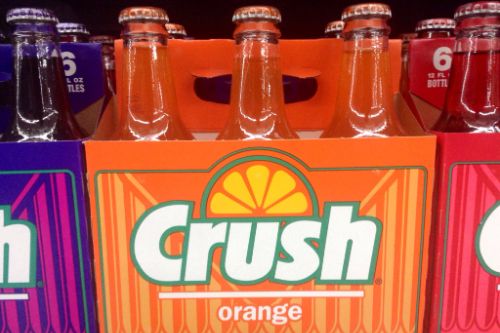
In the early 20th century, some Americans believed that soda was a dangerous and addictive substance. There were fears that sugary sodas would lead to poor health, obesity, and even insanity. In fact, early advertisements for soda often emphasized its supposed health benefits, claiming it could cure ailments like headaches and indigestion. As soda consumption became more widespread, so did concerns about its impact on public health.
Today, while we are more aware of the health risks associated with sugary drinks, soda isn’t viewed with the same level of fear. In fact, it’s a common part of American life, even though there’s a growing awareness of the risks of excessive sugar consumption, according to Lisa Drayer from CNN. Soda companies have even adapted, offering “diet” options to appeal to health-conscious consumers. The panic over soda’s dangers has been largely replaced by other public health concerns like obesity, diabetes, and mental health.
6. The Fear of TV “B–b Tube”
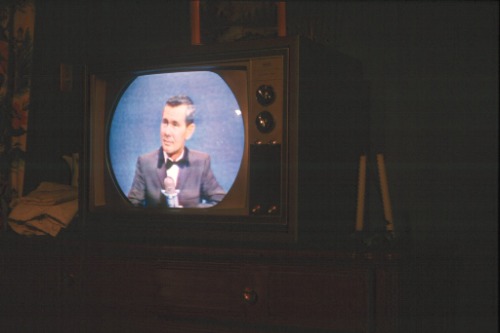
In the 1950s and 1960s, television was feared as a “b–b tube” that would rot people’s brains and ruin family life. Critics argued that TV would make people lazy, prevent meaningful social interaction, and encourage a decline in intellectual engagement. Parents worried that the content would be inappropriate for their children, and they even warned about the negative impacts of advertising on young viewers. TV was seen as a dangerous distraction that would erode the fabric of American society.
These days, TV is a central part of entertainment and culture, often regarded as a great way to unwind and stay informed. Streaming services like Netflix and Hulu have transformed the way we consume television, making it a more personalized experience. Rather than fearing the “b–b tube,” people now celebrate the golden age of television, with acclaimed shows like Breaking Bad and Game of Thrones. Television is no longer viewed as a threat but as an essential part of modern life.
7. The Fear of Witches and Occult Practices
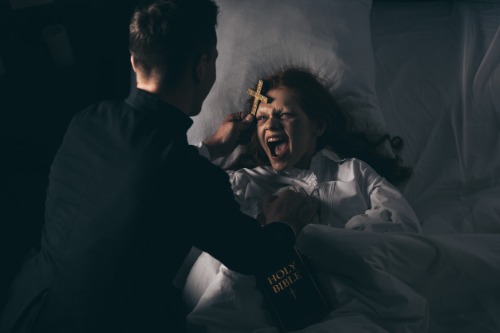
In the 1980s and 1990s, there was a widespread fear of Satanic cults and witches infiltrating American society. The Satanic Panic gripped many small towns, with rumors of ritualistic abuse and occult practices running rampant. TV shows and movies like The Craft played into these fears, and allegations of Satanic rituals were often sensationalized by the media. Parents were worried that their children might be drawn into dark, occult practices through exposure to books, movies, or music.
Today, this fear has all but disappeared, and many people approach the idea of witches and the occult with a sense of curiosity or even humor. Paganism and Wicca are now recognized as legitimate religions, with practitioners openly celebrating rituals and traditions. The fear of Satanic cults has been replaced with concerns about real-world threats, and supernatural fears seem almost quaint in comparison. While there are still isolated instances of concern, the widespread panic that once existed has faded into the background.
8. The Dangers of “Junk” Food
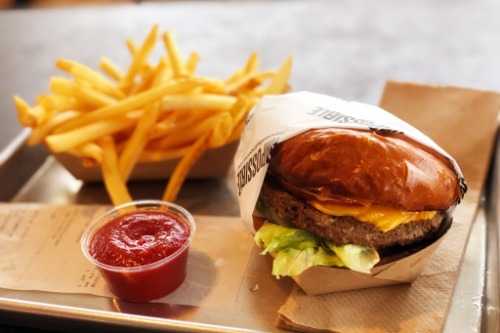
In the 1950s and 1960s, there was growing concern about the rise of processed foods, with some experts fearing that they would lead to the collapse of the American diet. Critics warned that packaged foods like TV dinners, sugary snacks, and canned goods would cause a health crisis, leading to obesity and heart disease. People were afraid that these quick, convenient meals would replace fresh, home-cooked food and erode the health of the nation. Parents felt guilty for serving processed food and worried it would make their kids unhealthy.
In recent years, however, processed foods are still part of everyday life, but the conversation has shifted toward moderation and healthier alternatives. People are now more aware of food labels, and there’s an increased focus on organic and farm-to-table options. While fast food and junk food consumption are still major concerns in public health debates, they are less demonized than they once were. Instead, there’s a greater emphasis on overall diet and exercise habits.
9. The Fear of the “Mile-High” Virus
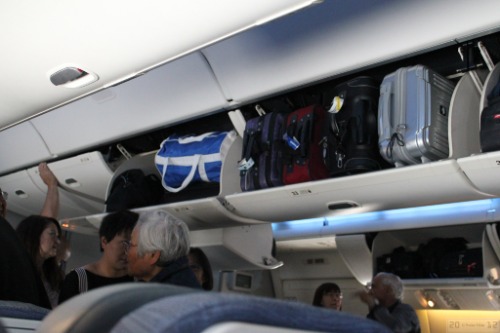
In the late 1990s and early 2000s, there was a growing fear of contracting viruses or diseases while flying. The idea was that airplanes were breeding grounds for germs, with air recirculating throughout the cabin and close quarters making it easy to catch anything from the flu to something more dangerous. The media played a big role in fueling this fear, reporting on stories of travelers who fell ill after long-haul flights. With the rise of global travel, people were worried that airborne diseases could spread easily across borders, causing pandemics.
Today, while it’s still important to be mindful of germs when traveling, this particular fear has diminished. Improved sanitation practices on airlines and better air filtration systems have helped alleviate concerns about airborne viruses. The COVID-19 pandemic did, however, bring a renewed focus on hygiene in airports and airplanes, but the overall anxiety surrounding air travel-related illness has largely faded. Now, we’re more focused on safety measures during global health crises than the fear of getting sick just by being in the air.
10. Alien Invasions
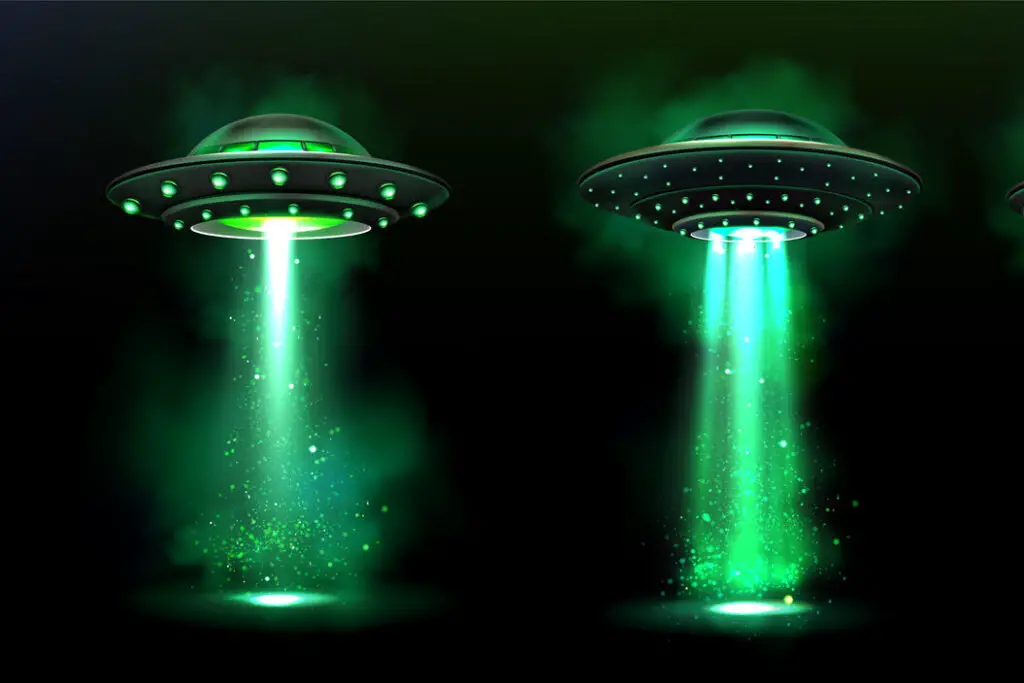
In the mid-20th century, the idea of extraterrestrial life and potential alien invasions gripped the American public’s imagination. Movies like War of the Worlds and TV shows like The Twilight Zone stoked fears that aliens were not only out there but might one day come to Earth with hostile intentions. The fear peaked in the 1950s and 1960s, with the government even conducting investigations into UFO sightings. Many people believed that secret government agencies were covering up evidence of extraterrestrial life.
Today, while UFO sightings still generate some buzz, they no longer inspire the same level of fear and panic. In fact, the U.S. government has even declassified some of its UFO-related documents, giving the subject a more casual, almost humorous tone in popular culture. People are more fascinated by the possibility of life elsewhere in the universe than fearful of an invasion. The idea of little green men descending on Earth feels like a relic of an earlier, more paranoid time.
11. Fear of Nuclear Fallout
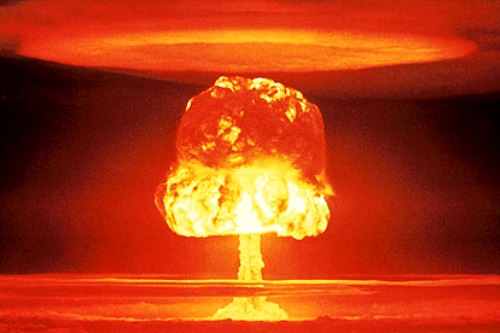
During the Cold War, the threat of nuclear war was a constant fear that overshadowed much of American life. Children practiced “duck and cover” drills in school, and families built bomb shelters in their backyards, preparing for the worst. The idea that a nuclear war could wipe out civilization was a very real, daily worry. Movies and TV shows often depicted apocalyptic scenarios of nuclear devastation, feeding into the fear that a single bomb could end everything.
Today, while the fear of nuclear war hasn’t entirely disappeared, it’s no longer a daily concern for most Americans. The Cold War is long over, and though the potential for nuclear conflict still exists, the immediate threat feels distant. The focus has shifted to more contemporary issues like climate change and terrorism. Nuclear anxiety has been replaced by other, more pressing global concerns.
12. Fear of Bad Haircuts
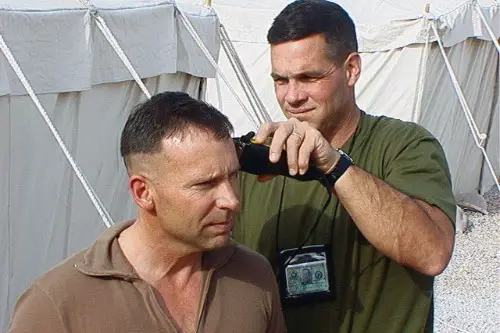
In the 1980s, bad haircuts were a legitimate source of anxiety for many Americans, particularly teenagers. Having a bad haircut was a social disaster, something that could haunt you for weeks or even months. The pressure to conform to certain hairstyles—whether it was a mullet or a perm—was intense, and there were even rumors about how certain styles could affect your social status. Parents would spend hours at the salon to make sure their kids had the “right” hair.
Today, people are much more relaxed about their hair. While trends still come and go, a bad haircut is no longer something that could ruin your life. In fact, the rise of quirky hairstyles and the acceptance of individuality means that people are more likely to embrace a bold look than be embarrassed by it. What once felt like a huge deal now seems trivial in the grand scheme of things.
13. Fear of Conformity
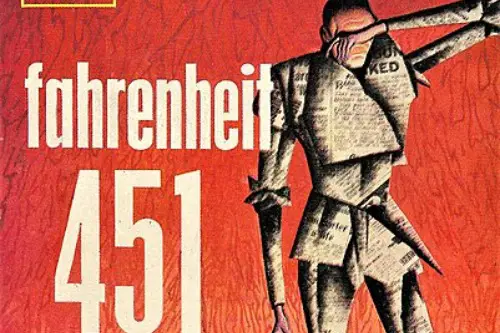
In the 1950s, Americans feared the loss of individuality due to the rise of corporate culture, mass media, and suburban living. The idea of everyone looking the same, dressing the same, and thinking the same terrified many people. There was a deep concern that American society was becoming a cookie-cutter, conformist nation, with little room for personal expression or dissent. Books like Fahrenheit 451 captured this anxiety, reflecting a society where individuality was being stamped out by a controlling government and culture.
Today, however, Americans are more focused on celebrating diversity and individuality than ever before. The rise of social media and niche communities has allowed people to express themselves in ways that were unimaginable in the mid-20th century. The fear of conformity has faded, replaced by a desire to embrace differences and celebrate personal freedom. People are more likely to celebrate someone’s unique traits rather than worry about everyone fitting into a neat, uniform box.
14. The End of the World in 2012
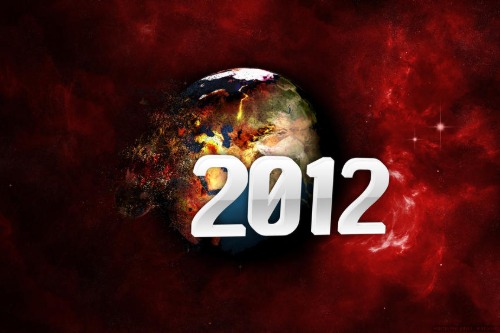
In the early 2000s, many Americans believed the world would end on December 21, 2012, based on interpretations of the Mayan calendar. This belief gained widespread traction, with people fearing that the alignment of planets or some cosmic event would bring about an apocalypse. Books, movies, and documentaries fueled the idea, and some even took drastic measures to prepare for the supposed end times. There was a sense of panic in the air as the date approached.
As we all know, December 21, 2012, came and went without incident. The 2012 apocalypse never materialized, and the fear surrounding it has largely been forgotten. People have since shifted their focus to other potential global disasters, like climate change and political instability. The 2012 panic is now just another example of how easily societal fears can spread and fade away.
15. Fear of Too Much Leisure Time

In the early 20th century, there were concerns that Americans would become lazy and unproductive if they had too much free time. This fear emerged with the rise of the weekend and longer vacation periods, as well as new labor laws that provided more time off. Critics worried that without the structure of a rigid workweek, society would descend into chaos and idleness. The fear was that people would lose their drive to work hard and contribute to the economy.
Today, the concept of leisure time is viewed much differently. The rise of the gig economy and flexible work schedules has made it easier for people to balance work with personal interests. There’s also an increasing emphasis on mental health, self-care, and the importance of taking breaks. Rather than fearing idle hands, we now recognize the value of rest and relaxation as essential parts of a balanced, healthy lifestyle.


